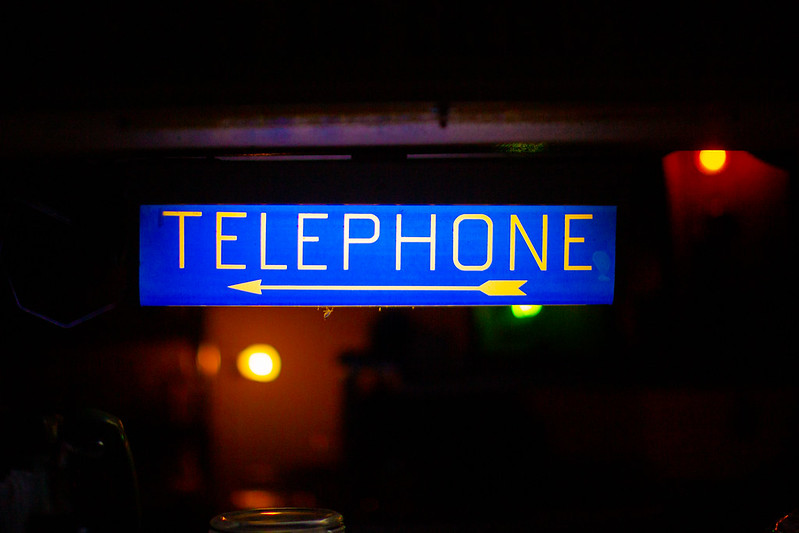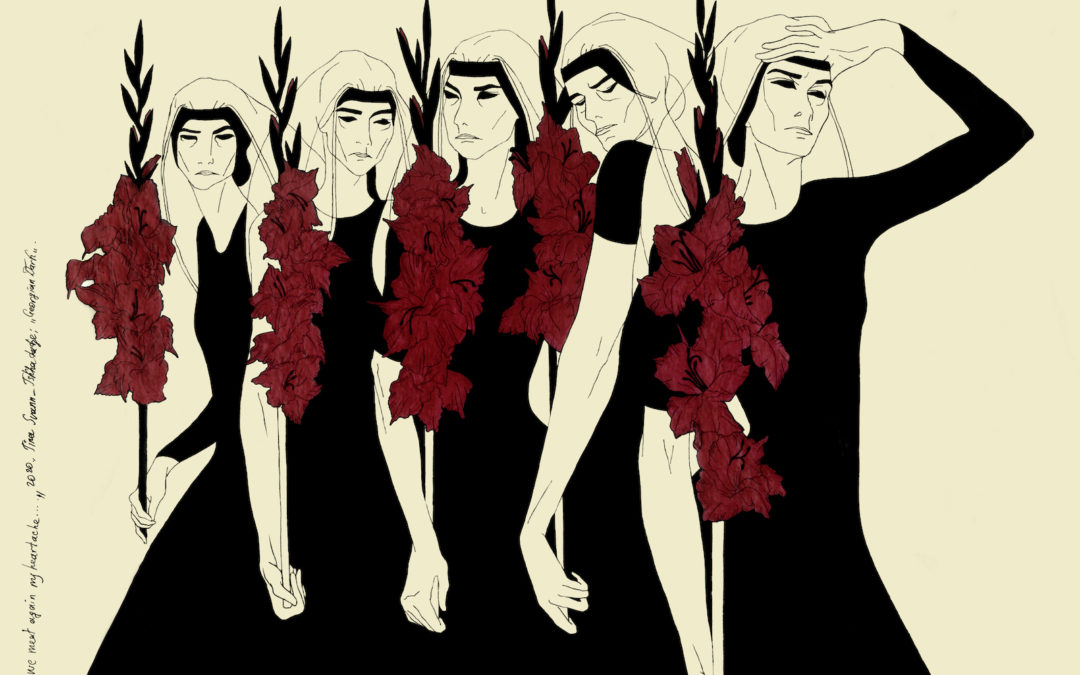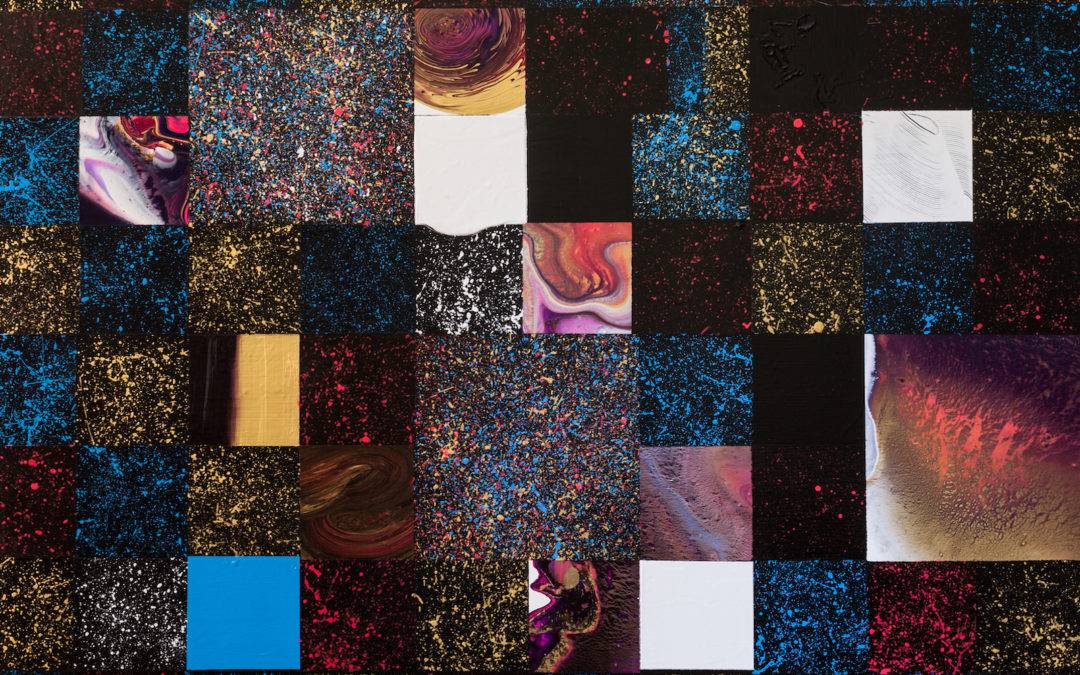By Ana Mikatadze
Stories told without a single word provoke a special kind of emotion within us as if individual interpretations caused by our personal experiences are freed from all boundaries.
It’s hard to capture emotion everyone can feel on a simple, brown film, but it’s even harder to tell a whole story in just a couple of snaps of your fingers. Only a few take on such challenges. But these people still exist and Dina Oganova is one of them.
A photographer born and raised in Tbilisi. Either because of a magic camera or because of special talent, she manages to tell us stories about real people with real problems solely through pictures, maybe sometimes with a little help from small texts. Dina likes to cover issues that others prefer to ignore.
She talks about fear, abuse, harmful social standards – about the problems sometimes only a few may notice, and sometimes all of us fight against, but on our own, silently. You won’t find even one fake smile in her collections. That’s probably why her projects are so well received and felt. She’s just like that herself. Lively, sensitive, and probably emotional too. Long story short, I went to meet her. And we talked – A LOT.
✱ Photograph courtesy of the artist.
The Beginning
Dina’s interest in photography began with that kind of enchanting moment that happens only in childhood. She was about five years old when she went on a one-month vacation in Borjomi.
They rented a room in a photographer’s home where mischievous Dina had only one restriction – not to enter the photographer’s workroom. “Every time he went inside this room in the evening, a red light would come out from there and that was making me even crazier,” remembers Dina.
She would wait for him in front of the room during this one month and at last, the day before leaving Borjomi, the photographer offered her to go inside the room with him. “That’s where I first saw how an image appeared on a completely white paper in a red-lit room and even until today this is the most unforgettable and special memory of my life,” she tells me with excitement. The photographer even gave her a camera as a present but during the war, no one had time for such distractions.
Finally, Dina grew up. Back in those days, it was quite casual for parents to decide what their children should study, and there weren’t many options either. So, from the two ultimatums Dina’s parents gave her, she chose the faculty of Economy. She started working as soon as she started her first year in college.
When she got her bachelor’s degree she wrapped her diploma, gave it to her mom and told her “This is from me to you, now I’m going to do what I really want to do.” Ever since she hasn’t let the camera go from her hands and now she works as a freelancer for foreign clients. But her most spectacular projects are the ones she takes on with her own incentive:
“First of all I do this for myself and I cover the problems that bother me most. Photography is the only language I can talk with and I think that for many people it is a relief and many find out about these problems through my work.” – says Dina.
✱ sHEROes
She releases her personal projects as handmade books, with limited edition, obviously. One of her notable works has also been printed by the publication “Books in Batumi”. It is about the Russian occupation of Georgia – about that filthy creeping border and about those tormented people who lost their homes, families, and peaceful lives.
The project is called “sHEROes” and is dedicated to those women who were forcefully turned into heroes by tyrannical egoism and the absurdity of the war. The Georgian-English text for the book belongs to Salome Benidze, one of Dina’s friends and the book’s co-authors. The project has won the “Litera” award, is nominated for a Georgian award called “Saba”, and was presented at the Frankfurt book festival, attracting a lot of attention too – a German editor was so interested in it that he decided to translate the book into German.
The presentation will take place in Leipzig, March 2020. As for handmade books, she has released two projects as such – Frozen Waves (222) and My Place (87), about which I am going to talk now. The project called #Metoo is ongoing and will also be released next year.
✱ Frozen Waves
✱ Frozen Waves
Frozen Waves
The headline of the project already says a lot by itself. Here are the stories of those whose lives have literally been frozen completely and unexpectedly because of cultural and social norms (I’m so ashamed to refer to it as such).
This is the story of those girls (yes, girls and not grown up, already matured women!) who one day got kidnapped, just like that. This is their silent scream which is a hundred times more difficult to hear merely because it has no sound. Within this project, Dina talks about those girls who were kidnapped and forcefully married, but again without a word, only through emotions caught on film.
She mentioned that even she herself did not believe the existence of such a problem today in the 21st century until in 2014 she met a kidnapped girl and that’s when she decided to work on this subject. Dina was in a small village near Tbilisi when she noticed a 15-16-year-old girl in a beautiful blue dress, completely unsuitable for the place.
After taking some pictures and having a small conversation with her, the girl invited Dina to her wedding: “I was shocked and tried to persuade her not to do such a thing, but she laughed back at me and told me that she also thought it would be as easy as it sounds, she said she thought her dad would come and take her, but he asked her to stay. He told her – what were the neighbors going to think? It’s ridiculous that we still have to talk about stuff like this.”
And thus the project began and as it turned out, a lot more girls were facing this problem than anyone would have thought. Apparently, a lot of people did not even know about the existence of this problem. And exactly that’s what makes Dina’s projects so much more important – they reach out to as many people as possible in hopes that someone will just come to help us out.
✱ My Place.
My Place
My Place is about the generation that was born after 1991. These are the stories that started after the end of the Soviet Union. Those bright colors muted by dreadful rulers finally found their way and got reflected on our generation’s outfits, beliefs and, most importantly, in their eyes.
This is Dina’s first colorful project. “When I printed the first picture I realized that black and white was impossible here because these people are so colorful,” she tells me this and I smile because that’s exactly the kind of contrast I see between our generation and that of the Soviet Union’s. In Dina’s opinion, our generation is more open-minded, and we managed to just stop caring about many things too. But she also outlines that the most important thing these generations have in common is relationships. “Tbilisi is about relationships. It was and always will be,” she says.
The project My Place is as lively as the generation portrayed in it. Dina plans to get back to these people after ten years to again depict the changes that these disobedient times brought. That is one of the main reasons I was so interested and impressed with Dina’s projects – they not only convey what was, but keep on living just like her subjects.
✱ My Place.
#Metoo
This is Dina’s ongoing project where she once again talks about women, but in this case, referring to almost all of us. We probably all have that dreadful memory hidden in the back of our minds about that guy from the bus, grocery store, or some other crowded place who got into our private space and tried to touch us disrespectfully. For some, this ended a lot worse, for others less and we probably wouldn’t even remember about it if we hadn’t have come across Dina’s project. Just the headline (“#metoo”) makes us remember that we have also been a victim of such occasion. The rest don’t even need the headline, they never forget. And this, just like the story of Frozen Waves, is very relevant today and is just as ridiculous. Dina Oganova is currently working on this project and she is planning to release a book too, so keep an eye on updates and don’t miss the finalized project!
✱ #Metoo
✱ #Metoo
What else…
Dina’s personal projects do not end here. In her portfolio one can come across many different types of stories, be it about an ordinary (although she’s quite unordinary) girl who teaches in one of the schools of Rustavi, or about a family that still lives with their deceased member, or about Dina’s favorite home in Batumi with her favorite people in it. One thing that always repeats itself throughout her collections is the kind of naked truth that gives you goosebumps and shoots down to your spine.
When by the end of our talk I looked down at my questions not to miss anything out, instead of asking her about what she loves in Tbilisi as was written in my notebook, I couldn’t help myself but ask:
– What hurts you most about Tbilisi?
– Many things. I live on Mtatsminda and to start on a selfish note, old Tbilisi is a big pain of mine. It concerns me a lot. I don’t like at all that they are destroying the old houses and building new glass-somethings instead. And about the parks. I never wanted to leave Tbilisi, but I want to be able to breathe here. I always enjoy going to Lisi Lake so why can’t we have many parks in the city?
✱ Tbilisi, 2019
Today Dina actively attends the protests in front of the Parliament of Georgia. She walks around unnoticeably amongst the offended citizens and tries to depict the ones most offended. She then saves the pictures and shares them with us, so that we don’t forget. “The history that people will be talking after 10, 20 years from now is being written right now,” she tells me.
Hopefully, all will end fast and for the better and we’ll see Dina’s one more story told without words soon.












